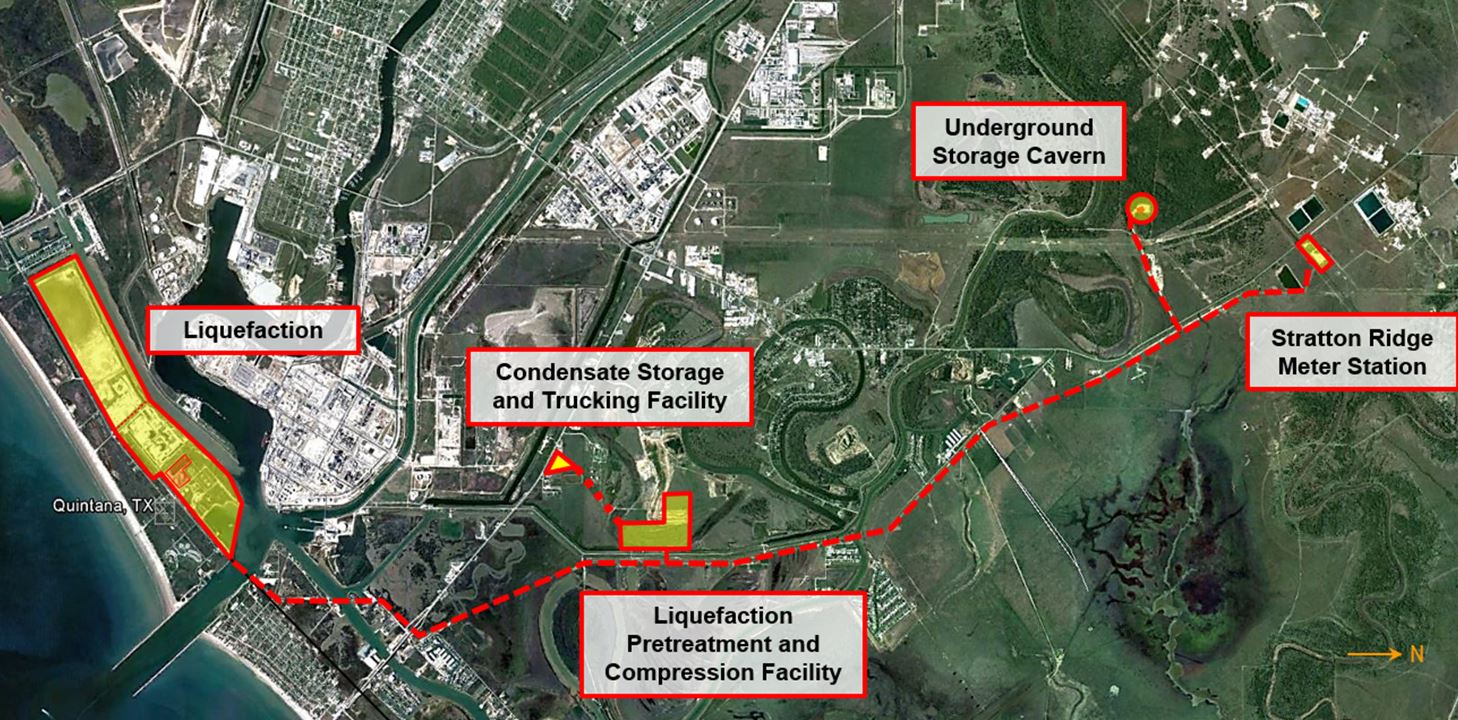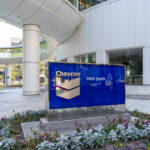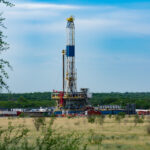From LNG World Shipping
State of the art LNG carrier will export natural gas from Freeport LNG – 800,000 tonnes per year starting in 2019
South Korean shipbuilder Daewoo Shipbuilding & Marine Engineering (DSME) has completed its first LNG carrier equipped with a full reliquefication system.
The ship in question is the 180,000 m3 LNG Schneeweisschen, the first LNGC built by the yard with dual-fuel, two-stroke engines developed by Winterthur Gas & Diesel (WinGD). WinGD terms these propulsion units its Generation X dual-fuel (X-DF) engines.
DSME developed a partial reliquefication system (PRS) several years ago for use with LNG carriers propelled by M-type, electronically controlled, gas-injection (ME-GI) engines developed by MAN Turbo & Diesel.
Low-pressure X-DF and high-pressure ME-GI engines are both dual-fuel, two-stroke units that have gained favour for gas-powered vessels in recent years due to their high efficiency and low operating costs. Natural cargo boil-off gas (NBOG) rates on LNG carriers provide more fuel than these engines require when operating at lower speeds.
DSME has developed its full reliquefication engineering package – which it terms its methane refrigeration system-full reliquefication (MRS-F) design – as a complement to its PRS concept. The shipbuilder points out that with the MRS-F technology it has optimised the reliquefication option for both X-DF and ME-GI LNG carriers.
The MRS-F full reliquefication system works in tandem with the LNG carrier’s fuel gas supply system and is comprised of a PRS and an independent MRS cycle. Based on the reverse Brayton cycle, the MRS refrigeration system uses NBOG as a refrigerant. Because a redundancy fuel gas compressor is used as a refrigerant compressor in X-DF applications, there is no need for additional refrigerant compressors.
DSME explains that by combining the PRS and MRS technologies, full reliquefication of the LNG carrier’s BOG is possible for all operating scenarios, including the at-anchor state. The MRS only needs to come into play at ship speeds below 15 knots as the PRS covers any reliquefication requirements that may arise at higher ship speeds.
By obviating the need to bring the ship’s gas combustion unit into play, irrespective of vessel speed, MRS-F systems enable reductions in operating costs to be achieved. It is claimed that savings of up to US$7.2M over the life of the vessel can be made.
DSME states that the nine LNGCs ordered at its yard so far in 2018 will be equipped with MRS-F systems.
Freeport LNG cargoes
LNG Schneeweisschen is jointly owned by Mitsui OSK Lines and Itochu Corp and has been chartered for 20 years by Uniper Global Commodities. Uniper will utilise the ship to lift the 800,000 tonnes per annum it has agreed to buy from the Freeport LNG project in Texas.
As Freeport is not due to commence operations until September 2019, alternative employment will be found for the vessel in the interim. Schneeweissen is German for ‘Snow White’.
From OAG360
Freeport LNG began to develop the liquefaction project in 2010. Construction started in late 2014. The first three production units (trains) will add approximately 15 million metric tonnes per year (mtpa) of nominal liquefaction capacity to the Quintana Island terminal facilities. An additional LNG train (Train 4) is under development.
The initial three liquefaction trains of the Freeport liquefaction project are currently under construction, and are scheduled to commence operations sequentially between Q4 2018 and Q3 2019, the company reported.

Each liquefaction train has a capacity in excess of 5.0 mtpa. Approximately 13.4 million tonnes per annum of the production capacity from the first three liquefaction trains has been contracted under use-or-pay liquefaction tolling agreements with Osaka Gas Co., Ltd., JERA Energy America LLC, BP Energy Company, Toshiba Corp. and SK E&S LNG, LLC.
Freeport reports Train 1 construction is to be completed in 2018. Train 2 and 3 construction is targeted for 2019 completion.
In June 2017, Freeport LNG announced that it had prefiled with FERC and was commencing the front-end engineering and design (FEED) for Train 4. Its proposed Train 4 is being designed with a nominal production capacity of 5.1 million tonnes per annum. Freeport said it anticipates being ready to commence construction of Train 4 by the end of 2018, with operations commencing as early as 2022.







